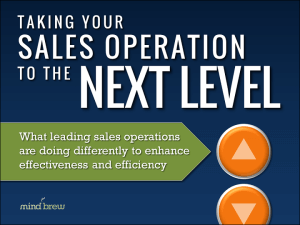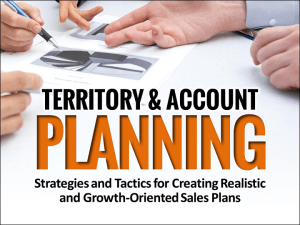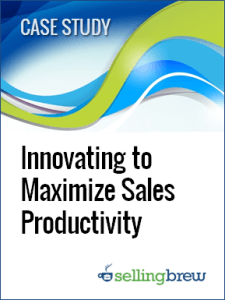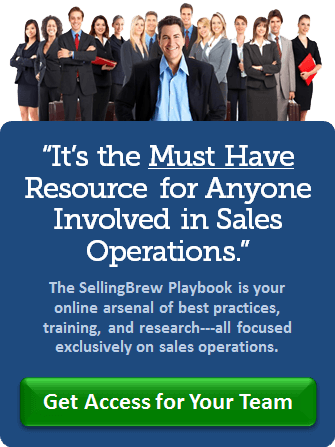Ask a bunch of different Sales Ops teams about what they’re focused on, and you’ll probably hear some very similar things—sales analytics, CRM, proposals and RFPs, incentive comp, training, sales process, etc. And on the surface, it appears as though there’s finally some semblance of consensus as to what Sales Ops should be doing.
However, when you get below the surface similarities and dig deeper into these areas of focus, a very different picture begins to emerge.
Beyond the high-level categories, there’s clearly a fork in the road. You could describe this choice of paths as being a “strategic vs. tactical” decision. You could also say that it’s a choice between sales efficiency and sales effectiveness. Regardless, Sales Ops groups clearly diverge when it comes to what they’re trying to accomplish in each focus area, and how they’re going about it.
Here are some examples to help illustrate the differences:
- Sales Analytics—While some Sales Ops groups are primarily focused on generating the various reports that sales management wants to see on a regular basis, other groups are focused on identifying improvement opportunities, diagnosing sales problems, recommending fixes, and driving better overall performance.
- CRM—Some teams are all about the administration of these systems. They focus on making sure that the data is getting in there, the customer and rep assignments are accurate, the status of deals is being updated, etc. Other Sales Ops groups, however, are transforming these systems into powerful, automated sales tools that actually help salespeople identify opportunities and close them.
- Proposals and RFPs—Some Sales Ops groups are focused on making the routing processes more efficient and less time-consuming for reps. Other groups are evaluating RFPs for appropriateness and win-ability beforehand, improving and optimizing prices on quotes, and tweaking the value-messaging in proposals.
These differences aren’t isolated examples—they exist in every category or area of focus you might want to look at, from incentive compensation and training to forecasting and account planning.
And they certainly aren’t minor differences, either.
In just the few examples we’ve cited here, the qualitative differences between these divergent paths are glaring and readily apparent. And it wouldn’t be difficult to guess which Sales Ops groups are adding the most value to their organizations.
The point is, deciding “what” to focus on is just the first step. Beyond that, you also have to decide “why” and “how”. So…which path will you choose?











